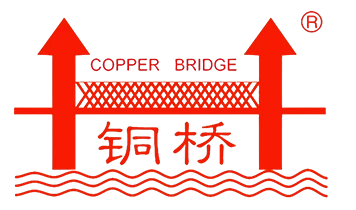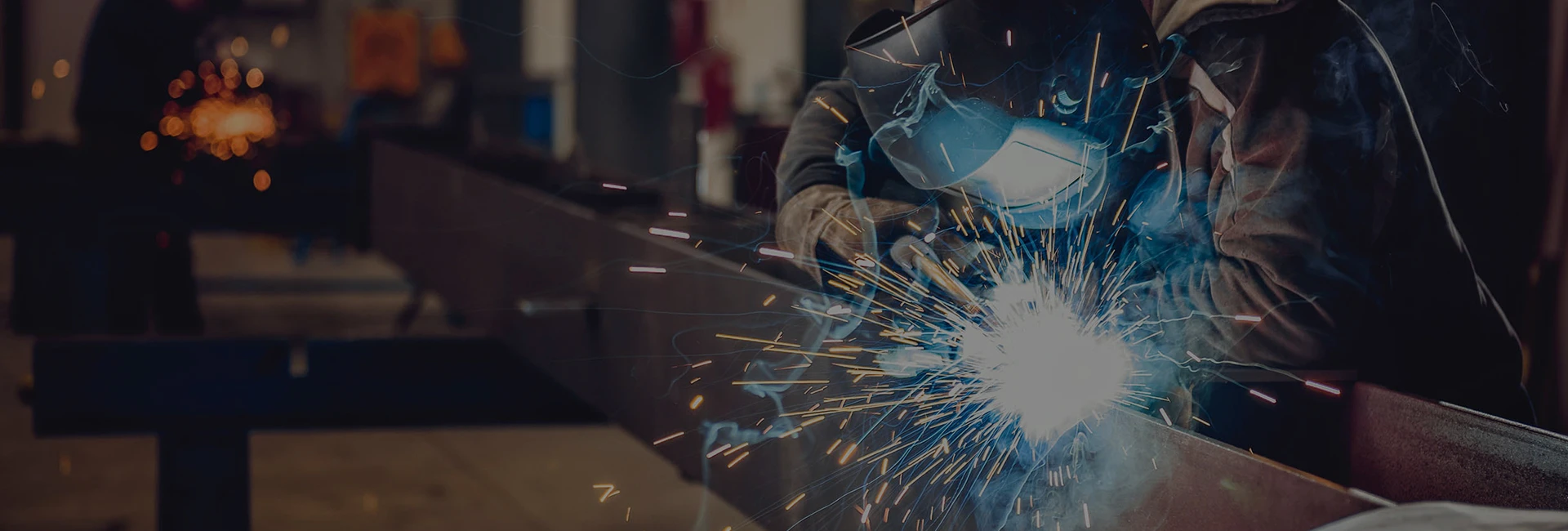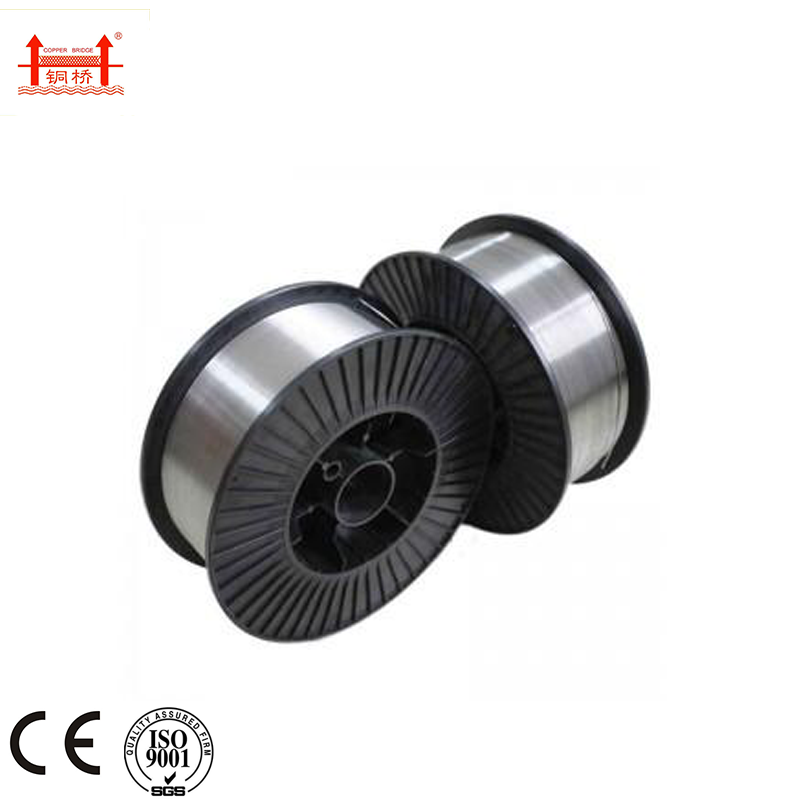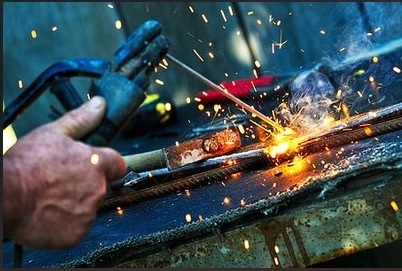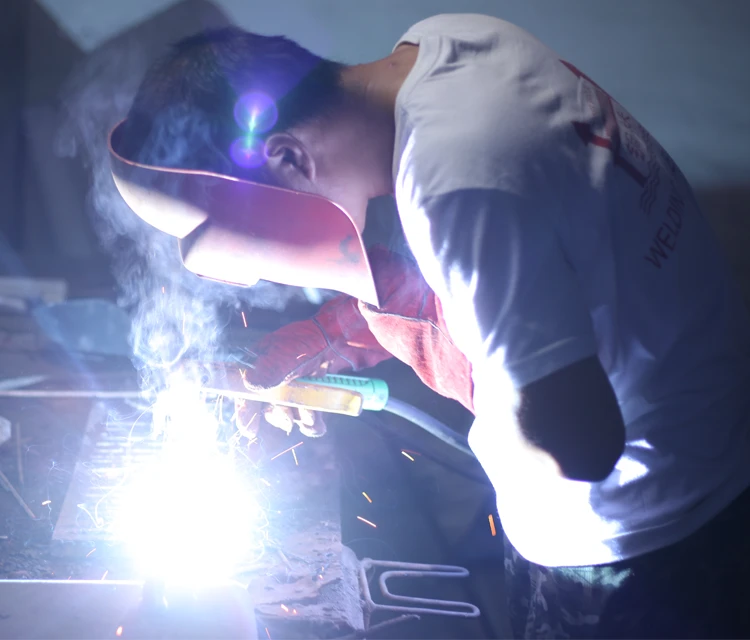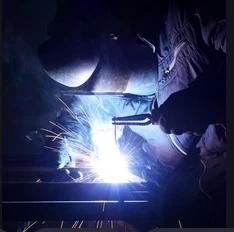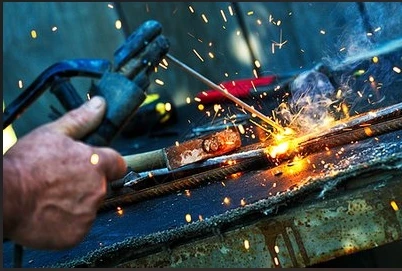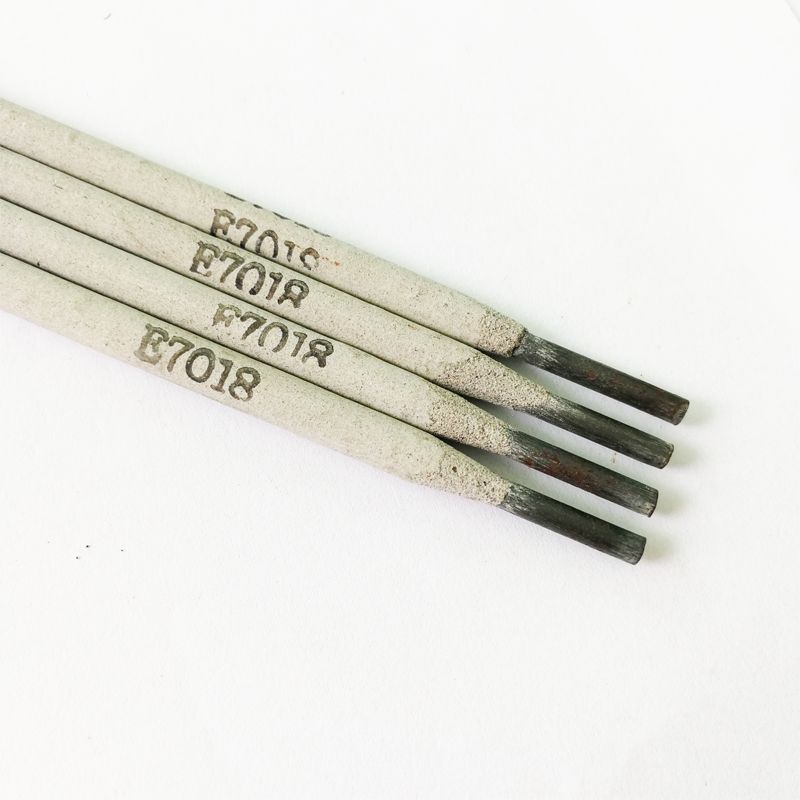AWS 7018 Welding Rod – Durable, Reliable Welding Electrode for Structural Steel
Nov . 22, 2025 05:30
The Unsung Hero of Welding: What Is AWS 7018 Welding Rod and Why It Matters
Ask any welder or metal fabricator about the aws 7018 welding rod, and you’ll get nods of appreciation. But what exactly is it, why has it earned a global reputation, and how does it really make a difference? At first glance, it might seem like just another electrode on the shelf. Yet, this particular welding rod is a cornerstone in structural metalwork worldwide—trusted for its strength, versatility, and reliability.
In a world where infrastructure resilience and safety have become paramount—thanks to urban growth and the need for disaster-resistant structures—the aws 7018 welding rod quietly plays a critical role, from skyscraper frames to pipeline repairs, and even humanitarian infrastructure projects in challenging environments.
Why Does AWS 7018 Welding Rod Hold Global Importance?
According to data from the International Labour Organization and the World Bank, construction and manufacturing together employ over a billion people worldwide. Welding is a fundamental skill and process within these sectors—and electrodes like the AWS 7018 are the unsung workhorses. The demand for high-quality, durable welds transcends borders. Whether it’s rebuilding earthquake-affected areas in Turkey or maintaining oil rigs off the coast of Brazil, the aws 7018 welding rod meets stringent requirements for strong, ductile, and corrosion-resistant joints.
However, problems like inconsistent weld quality and equipment downtime pose major risks in these sectors. The AWS 7018’s specially formulated flux core addresses those by providing stable arcs and depositing low-hydrogen welds, significantly reducing brittle fractures especially in colder climates. So, it’s not just a convenience—it’s (quite literally) a matter of safety and longevity in critical infrastructure.
What Exactly Is the AWS 7018 Welding Rod?
In simple terms: it’s a low-hydrogen electrode widely used for welding mild and low-alloy steels. The "AWS" part stands for the American Welding Society, which classifies and tests welding consumables. The "7018" refers to the rod’s tensile strength (70 ksi) and welding characteristics. It is a shielded metal arc welding (SMAW) rod featuring an iron powder flux coating that stabilizes the arc and minimizes spatter.
Because of its properties, the aws 7018 welding rod is essential in industries needing reliable welds that resist cracking and corrosion. Think bridges, pressure vessels, and even pipelines transporting critical resources. Interestingly, it also supports humanitarian efforts where quick, strong structural repairs are needed—like rebuilding schools or clinics in remote zones, where equipment simplicity and stability matter.
Key Features That Make AWS 7018 Welding Rod a Favorite
1. Durability Under Stress
Engineers often remark that welds made with aws 7018 have impressive toughness. The low-hydrogen coating drastically reduces weld defects that lead to cracks during service, especially in cold or high-stress environments.
2. Consistent Arc Stability
The iron powder flux helps produce a smooth, steady arc even for welders who aren’t experts. This results in a controlled bead shape and less rework.
3. Versatility Across Metals
While it primarily suits mild steel, it can also weld low-alloy steels, making it practical for a variety of industrial needs—from automotive repairs to heavy machinery fabrication.
4. Ease of Use and Accessibility
A huge advantage is its forgiving nature in field conditions. You can weld in various positions, and it’s less affected by humidity compared to other rods.
5. Cost Efficiency Over Time
Though it may cost slightly more upfront than generic alternatives, aws 7018 rods reduce defects and improve longevity, meaning fewer repairs and safer structures.
Mini Takeaway:
Those durability and arc stability features aren’t just marketing fluff—they translate directly into safer, longer-lasting welds that factories, builders, and even relief teams rely on.
Real-World Applications: Where AWS 7018 Shines
If you’ve ever flown in a commercial airliner, drove over a major highway bridge, or seen towering cranes in a port, you’ve indirectly seen the results of aws 7018 rods in action. Their global footprint is vast:
- Infrastructure projects: Bridges and buildings worldwide depend on its reliable welds.
- Energy sector: Oil and gas pipelines, power plants, and refineries use these rods because the welds resist corrosion and cracking.
- Shipbuilding and repair: Marine vessels require strong, impact-resistant welds—another perfect fit.
- Post-disaster rebuilding: NGOs and governments rely on it for quick, robust repairs or temporary shelters.
- Automotive repair shops: From trucks to agricultural machinery, repair weld quality is vital.
Advantages and Long-Term Value of AWS 7018 Welding Rod
Beyond technical specs—using the aws 7018 means safety, first and foremost. Weld failures cost lives and money. Plus, longevity reduces environmental waste by cutting down repairs or replacements. From a welder’s perspective, it’s a trustworthy tool that instills confidence. I’ve seen welders switch to 7018 rods (from cheaper brands) and swear by the difference in arc control and bead finish. Emotionally, it gives peace of mind knowing connections are less likely to fail under pressure.
Product Specification Table
| Characteristic | Value/Description |
|---|---|
| Classification | AWS E7018 |
| Tensile Strength | 70,000 psi (approx. 485 MPa) |
| Electrode Type | Low-hydrogen iron powder coating |
| Current Type | AC/DC |
| Typical Diameter Range | 1/8" to 5/32" (3.2mm to 4mm) |
| Welding Positions | Flat, Horizontal, Vertical, Overhead |
Vendor Comparison: Choosing the Right AWS 7018 Supplier
| Supplier | Price per kg | Packaging Options | Customer Rating | Lead Time |
|---|---|---|---|---|
| Jinlong Welding Electrodes | $6.50 | 5kg, 15kg, Custom Bulk | 4.8/5 | 1 week |
| Acme Weld Supply | $7.20 | 10kg, 25kg Coils | 4.3/5 | 1-2 weeks |
| Global Welding Co. | $6.90 | Standard 20kg Boxes | 4.5/5 | 3-4 days |
Innovations on the Horizon for AWS 7018 Welding Rods
Oddly enough, even a seemingly ‘vintage’ product like the aws 7018 welding rod is evolving. There’s growing R&D into eco-friendlier flux coatings to reduce environmental impact from production and use. Smart welding systems that dynamically adjust current for optimal penetration and less spatter are becoming commonplace in high-end workshops, making even standard rods perform better. This integration of digital tech and traditional consumables feels like bridging two worlds.
The industry trend toward sustainability also means manufacturers are optimizing packaging and transportation to reduce carbon footprint, which frankly is overdue. After all, a rod used in green energy projects should ideally be green to produce and deliver!
Challenges in Using AWS 7018 Welding Rod and How to Overcome Them
Despite its many advantages, there are common hurdles. For example, handling and storage are critical because the low hydrogen flux coating absorbs moisture easily. Welders must keep electrodes in dry containers or ovens. This can add logistical complexity in humid tropical countries or field projects.
Also, the rod’s usability requires some skill—though less than other rods—since poor technique can still lead to weld defects. Training and practice remain irreplaceable. Fortunately, newer vendor training support and online tutorials help bridge these gaps.
FAQ: Common Questions About AWS 7018 Welding Rod
Q1: What makes the AWS 7018 welding rod better than basic welding rods?
A1: The AWS 7018 rod features a low-hydrogen iron powder coating that produces stronger, less brittle welds, with excellent arc stability and reduced spatter. This makes it especially suitable for structural steel and critical repairs compared to general-purpose rods.
Q2: How should I store aws 7018 rods to ensure quality?
A2: Keep the rods dry and preferably in sealed containers or electrode ovens at 250°F (120°C) to prevent moisture absorption, which can cause hydrogen-induced cracking in welds.
Q3: Can the aws 7018 welding rod be used outdoors in rainy conditions?
A3: It’s not recommended to weld directly in rain or high humidity unless the rods are properly stored and kept dry. Moisture causes weld defects, so proper precautions are necessary.
Q4: Is the aws 7018 welding rod suitable for beginner welders?
A4: While more forgiving than some rods, beginners should practice proper technique and electrode handling under supervision to maximize weld quality and safety.
Q5: Where can I buy authentic AWS 7018 welding rods online?
A5: Reliable vendors like Jinlong Welding Electrodes offer certified, well-packaged aws 7018 rods with fast shipping and good customer support.
To Wrap Up: Why AWS 7018 Should Be Your Welding Rod of Choice
It’s a kind of unsung hero, really. The aws 7018 welding rod merges legacy know-how with modern metallurgical science to bring out durable, reliable welds we often take for granted but rely on every day. When you need safety, toughness, and peace of mind that the joint will last... well, this rod stands out. Whether it’s for the booming infrastructure projects in Asia or emergency bridge repairs after natural disasters in the Americas, the aws 7018 comes through.
If you want to explore specifications, custom packaging, or bulk orders for your next project, visit Jinlong Welding Electrodes for detailed info and expert support.
Sometimes, it’s the simplest tools that make the biggest difference.
References:
Related Video


